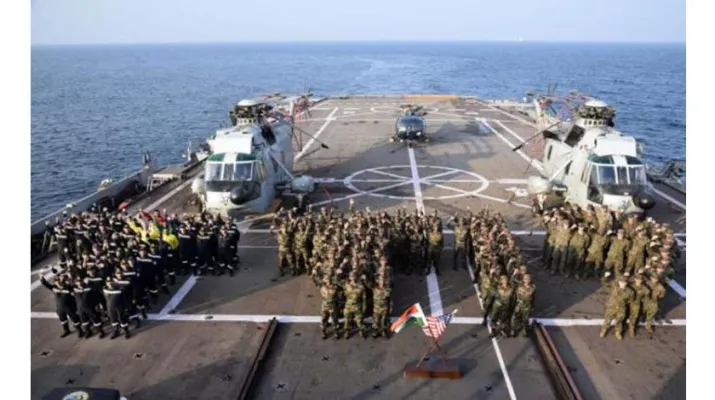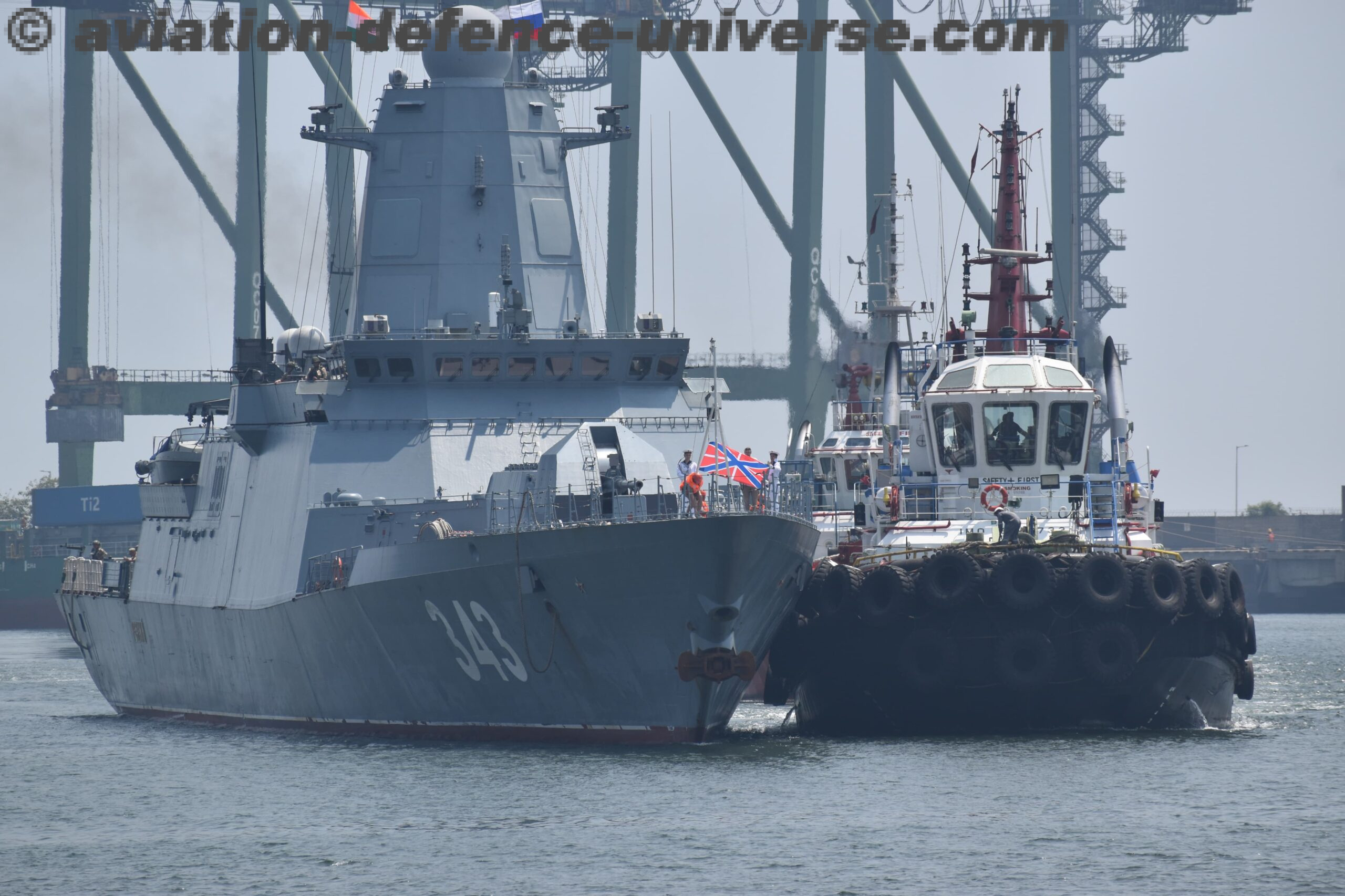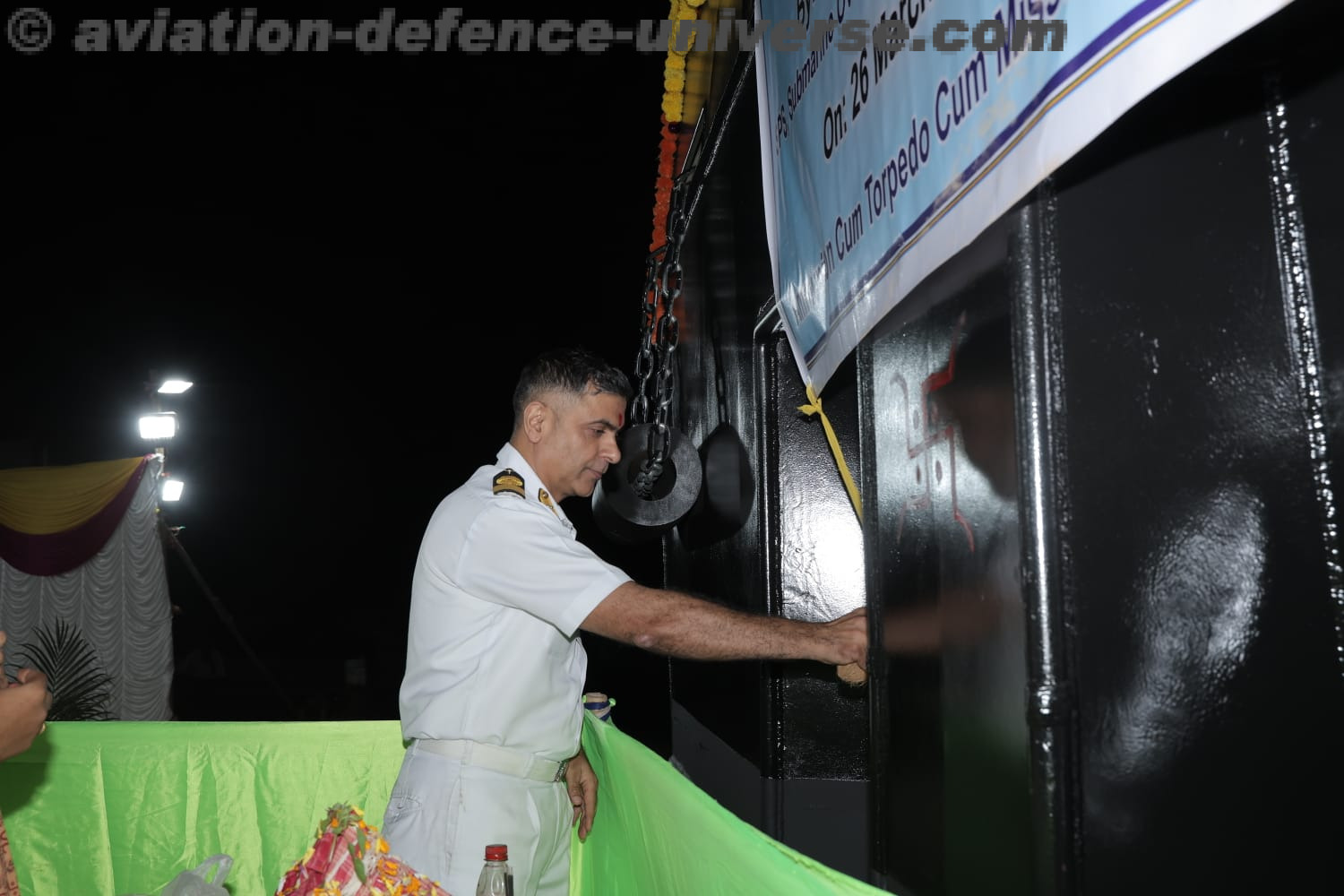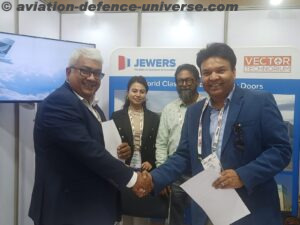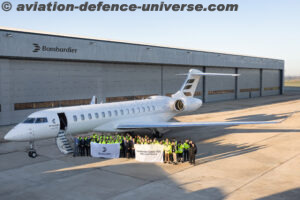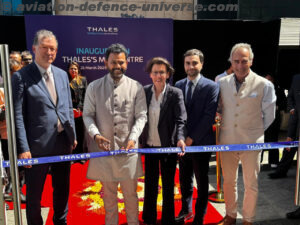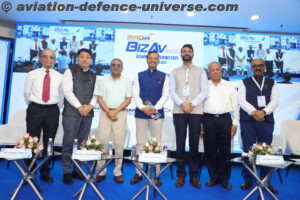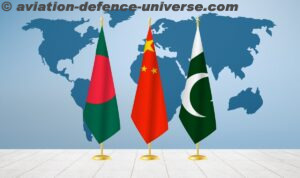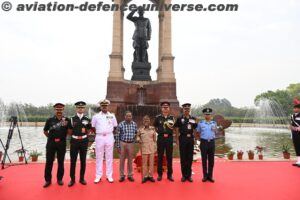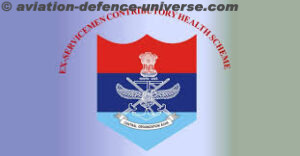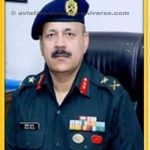
By Maj Gen Ashok Kumar, VSM (Retired)
New Delhi. 19 June 2022. Comprehensive National Power (CNP) has been evolving on a regular basis and is being counted beyond the mere aggregation of political, economic and military capabilities of a nation. There are numerous strategic resources which constitute CNP. These also include military resources as well as knowledge and technology resources. Military resources for a future ready force can not be separated from the knowledge and technology resources, given the emerging nature of nature of war fighting the world over. When we talk of military resources, there are multiple sub components of this resource and 100% serviceable equipment is one of them which is the most critical as far as equipment readiness is concerned. Armed Forces are hostage to equipment readiness in the battlefield and therefore demand due attention for being part of CNP in an undisputed manner.
Our defence forces have a wide array of equipments to include some domestically produced while majority of them are ex import. In fact, India has become the third largest importer of defence equipment in the world. Besides huge outgo of funds, import predominant equipment remains a major challenge during the battle if the serviceability of the equipment is adversely effected. At this juncture we have approximately 60% of the equipment of Russian origin. Russia is currently engaged in an intense conflict with Ukraine for more than three months now. Given such circumstances, it is natural that the maintenance and repair related activities including the supply of spares will be adversely affected despite some alternate options being explored including capacity creation through domestic players. The solution is, however, sub optimal and therefore alternative and pragmatic options need to be explored. The evolved norms should be able to address the following:
- Full serviceability of entire range of equipment of defence forces including reduced and operationally accepted downtime in the battlefield.
- Similar MRO support to friendly countries including for all the equipment exported. This phenomena is likely to rise given the success story of export of BRAHMOS to Philippines which may be followed by other countries as well. Not only this, the export basket of the equipment will keep widening with our focus on ‘Make in India’ and ‘Aatmanirbhar Bharat’ in defence production and sustenance.
- Exploit the dual use capacities in interchangeable domain of expertise in military as well as civil domain. While MRO of a gun system maybe exclusive to the military, MRO of large No of vehicles could be equally leveraged both for civil as well as military requirements. An organised approach to this will make MRO ventures more sustainable and profitable.
- Develop world class MRO infrastructure in India to act as a hub for the world. These could be geographically spread in the country based on location of sea ports/ communication networks with prime consideration for war fighting of our defence forces viz while MRO facilities could be operationalised on any part of the Eastern coast of India for South East Asian nations ,these could be also needed in Ladakh for meeting urgent operational requirements even at the cost of suboptimal utilisation which has to be compensated by dual use of such facilities.
There have been certain initiatives to enhance the MRO support to our defence forces but these have been primarily driven by peacetime considerations, economic concerns, manpower reduction spree and a misplaced belief that handing over of this responsibility to companies/contractors will be more efficient. It is a strange phenomena in the country that a venture becomes lethargic and cost inefficient when run by the Government whereas the same venture turns out to be efficient once run by a private entity. EME once responsible from womb to tomb approach probably was perceived to be not fully as adept to handle the challenges as required specially to those equipments which are technology intensive but alternate options in practice leave much more to be desired. This perception also needs to be corrected.
Some of the options under trial/ practice are as under:
- GOCO Model: This is a Government owned company operated model and is intended to utilise the Government infrastructure and assets by the private operator to bring in the efficiency in the MRO support to the defence equipment. How much change it has brought is something that still needs to be discerned as requisite MRO support in the requisite measure has not been able to be provided to the defence equipment wherever this model has been adopted.
- MRO Hubs: Certain MRO hubs are also getting established in equipment intensive areas by the original manufacturers themselves or in coordination with some partners to provide the required support. This arrangement is also neither operationally efficient nor cost effective.
- OutSourcing to Vendors: Outsourcing is being attempted at local level to original equipment manufacturers as well as repair providers in an outsourced model. Though there are some advantages in bigger towns and stations, the support is not realistically available in remote areas which will be the areas of our conflict zone.
A closer analysis of the above mentioned add on models as to what support is being provided by EME echelons does not meet our national requirements of either keeping the entire equipment serviceable with operationally acceptable parameters or to make it a visible part of CNP. The tremendous potential of the nation in MRO can be honed in by incorporating the following recommendations:
- In House MRO Capability: Transfer of technology along with the entire MRO expertise needs to be transferred for the entire range of defence equipment to the Indian Defence Forces. A team under a retired EME officer could be created to look at this to identify as to what has been transferred and what is yet to be transferred. A deliberate effort then has to be made by the Government with EME Directorate being in the lead to get the balance expertise also transferred. It should be a mandatory requirement both for all future imports as well as for domestic productions.
- Grounding of MRO Set ups: Once the expertise is getting transferred, a simultaneous activity must commence to find the domestic industries, academia, start ups and local enterprenures to develop these capacities. These could be coordinated by a senior EME veteran through FICCI or other mechanisms. In the process, a reliable MRO set up must be placed on ground to make the defence forces ready for immediate, intermediate and future conflicts.
- Identification of Dual use MRO Capabilities: This is a very important aspect of economising as well as leveraging the expertise. Generics will not meet the requirements and a special team will need to work out all the details. Once these are identified, suitable locational tweak could be done while keeping the operational requirement of defence forces supreme.
- National MRO Capacity for International Usage: Once the nuts and bolts are identified, the capacity surge can then be created to address the MRO requirement of our exported equipment as well as common origin equipment (COE) for all the countries in the world. With dual use requirement embedded, it will create unprecedented level of MRO capacities in the country heralding an era of enhanced skill sets, employment, economic growth and other spin offs. Geo entities can be spread in other countries as well under Indian expertise.
As military is a very important constituent of the comprehensive national power, equipment becomes its inalienable part. Equipment will remain relevant only when supported by a vibrant MRO eco system. With technological advancements, dual use options provide special avenues to make India a MRO hub for the world. For this to happen, the recommended options must be adopted without any further delay. Recognition of MRO capability as part of CNP is the first step in that direction.The recommended team could be headed by serving officers as well. Veteran option has been suggested so that routine functioning of the Armed forces are not adversally affected.
(Maj Gen Ashok Kumar, VSM (Retd) is a Kargil war veteran and defence analyst. He is visiting fellow of CLAWS and specialises on neighbouring countries with special focus on China. The views in the article are solely the author’s. He can be contacted at editor.adu@gmail.com).




























